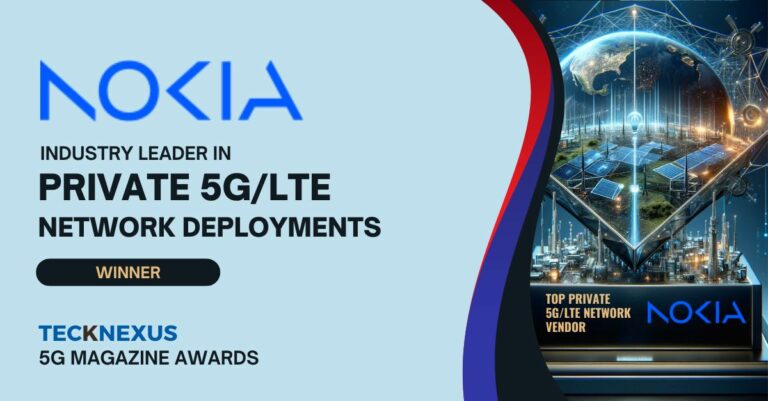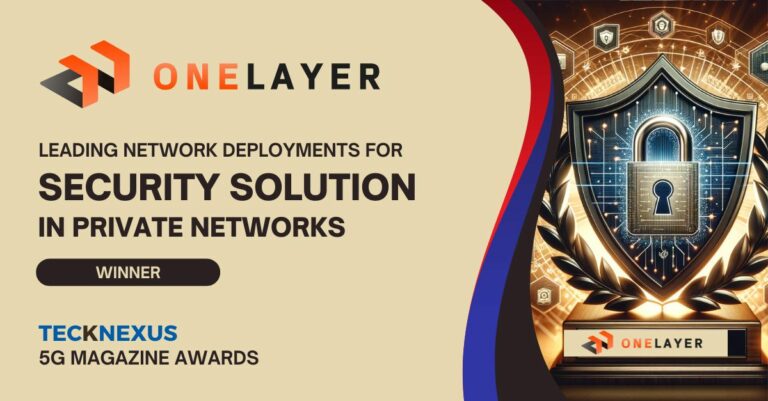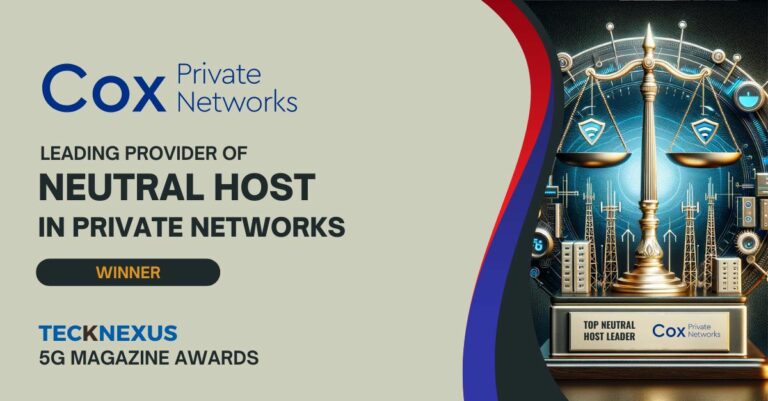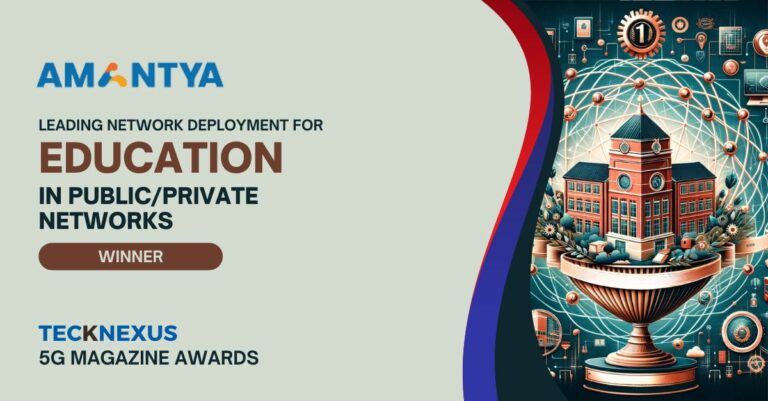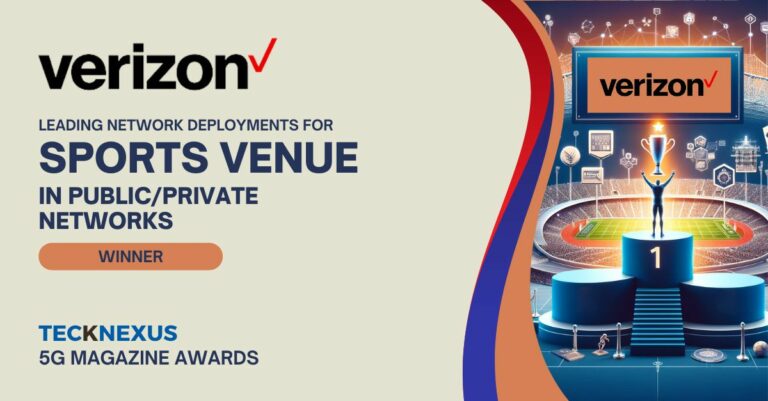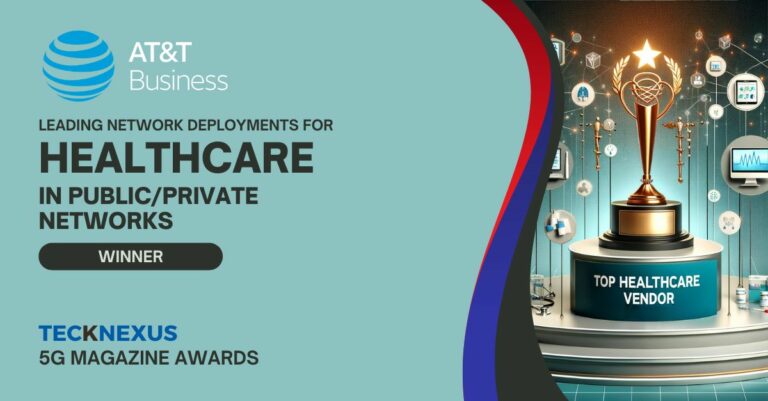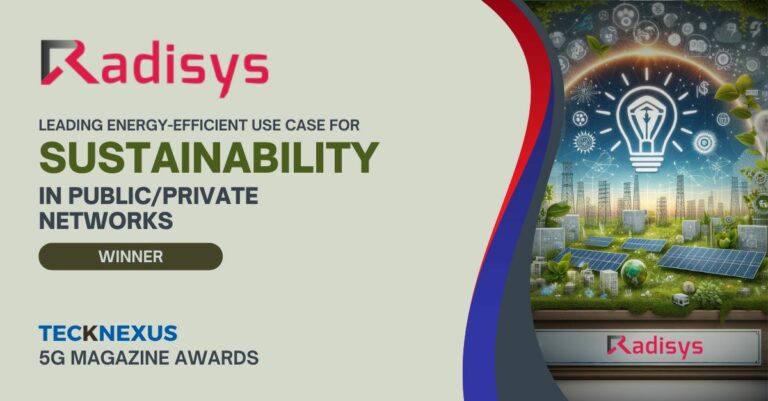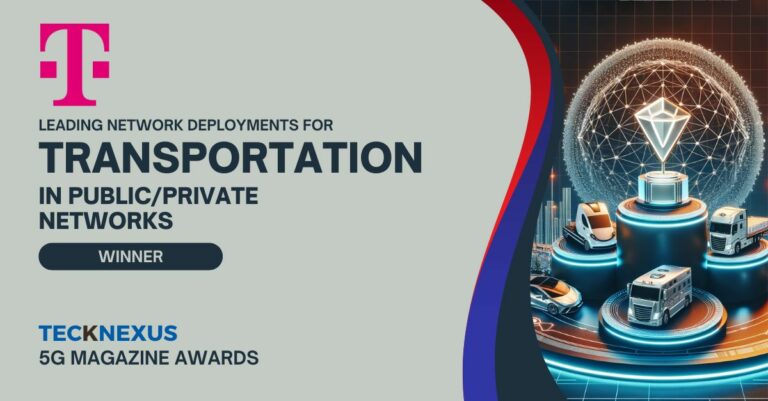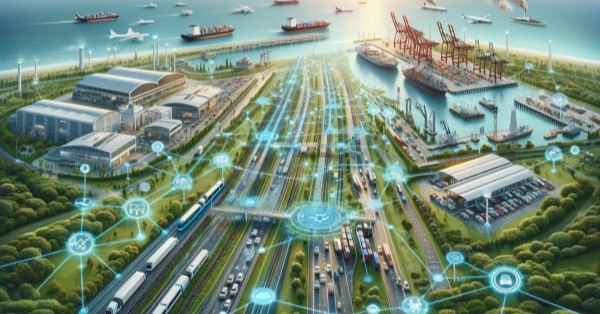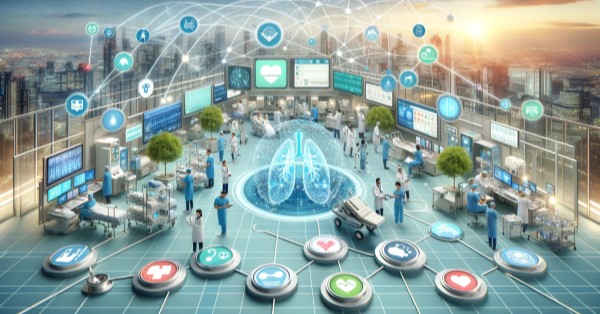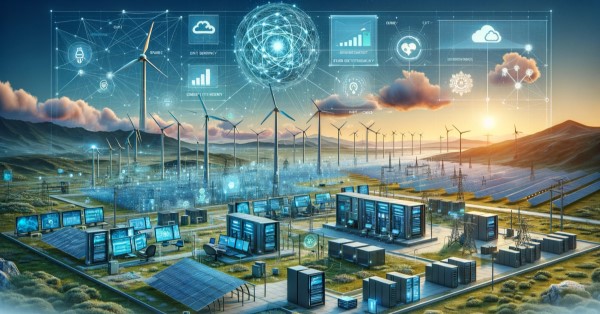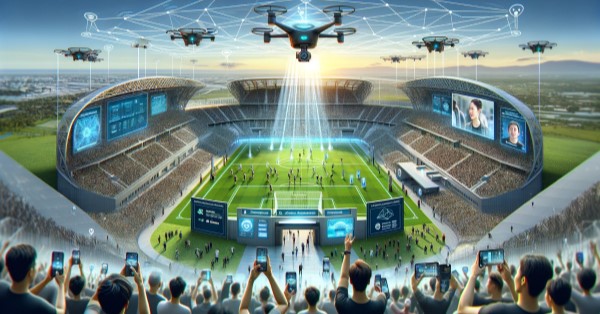Introduction | 5G in Education
The introduction of 5G technology into the educational sector brings significant enhancements in connectivity and communication. This article focuses on how 5G, with its improved network capabilities, is becoming an integral part of educational technology, fostering a more connected and efficient learning environment.
Enhancing Connectivity and Speed
5G technology offers faster internet speeds and more reliable connections compared to previous generations of wireless technology. This improvement in connectivity is crucial for educational applications, where timely access to resources and smooth communication are essential. With 5G, educators and students can benefit from quicker access to educational materials and a smoother online learning experience.
Facilitating Advanced Learning Tools
The higher bandwidth and lower latency of 5G enable the use of advanced technological tools in education, such as augmented reality (AR) and virtual reality (VR). These tools can provide students with interactive and immersive learning experiences, making complex concepts easier to understand and engage with.
Supporting Personalized and Remote Learning
5G technology aids in personalizing educational content and experiences to suit individual learning styles and needs. Additionally, it supports remote learning by providing stable and fast internet connections, which is essential for students who learn from home or in remote areas. This aspect of 5G helps in making education more inclusive and accessible to a wider range of students.
Addressing Implementation Challenges
While the integration of 5G into education offers numerous benefits, it also presents challenges, such as ensuring equitable access and addressing privacy and security concerns. This article will also discuss the practical aspects of implementing 5G in educational settings, considering both the technological requirements and the broader implications for students and educators.
The Concept of Smart Campuses
A smart campus utilizes advanced technology, particularly digital and internet-connected solutions, to enhance the educational environment. This concept revolves around integrating information technology into the fabric of the campus to streamline campus operations, improve learning experiences, and ensure sustainability. At its core, a smart campus is about creating a more efficient, responsive, and adaptive educational ecosystem.
The Role of 5G in Developing Smart Campuses
5G technology plays a pivotal role in the development of smart campuses. Its high-speed connectivity and low latency are essential for handling the vast amounts of data generated and used by smart campus systems. 5G enables real-time data processing and supports a wide array of internet-connected devices and applications on campus. This robust connectivity is vital for implementing IoT (Internet of Things) solutions, from smart lighting and climate control to sophisticated security systems and enhanced virtual learning environments. The integration of 5G into campus infrastructure is not just about faster internet; it’s about creating a network that can support the diverse and complex needs of a modern educational institution. This includes supporting a multitude of devices simultaneously, from students’ smartphones and laptops to sensors and smart devices across the campus.
Key Benefits of 5G in Education and Smart Campuses
- Enhanced Learning Environments: Smart campuses use technology to create more engaging and interactive learning experiences. This includes virtual and augmented reality applications, which can be seamlessly integrated into the curriculum thanks to 5G’s capabilities.
- Operational Efficiency: Automation and real-time data analytics can streamline campus operations, reduce costs, and improve sustainability. This ranges from energy management to optimized use of campus resources.
- Improved Safety and Security: Advanced surveillance and monitoring systems, powered by 5G, can significantly enhance campus safety. Real-time data processing ensures quick responses to potential security threats or emergencies.
- Personalized Educational Experience: Data analytics and AI, enabled by 5G, can provide insights into student learning patterns, allowing for more personalized and adaptive learning experiences.
Key Challenges for Smart Campuses
- Infrastructure Investment: Establishing a smart campus requires significant investment in infrastructure and technology, which might be a hurdle for some institutions.
- Data Privacy and Security: With the increased use of digital technologies, safeguarding student and staff data becomes a critical concern. Developing robust cybersecurity protocols is essential.
- Digital Divide: There’s a risk of exacerbating the digital divide, as not all students may have equal access to the technology required to fully benefit from a smart campus.
- Maintenance and Upkeep: Continuous maintenance and updating of the technological infrastructure are necessary to keep the campus smart and functional.
In summary, while smart campuses offer a range of benefits that can transform the educational experience, they also come with their own set of challenges. Balancing these benefits and challenges is key to successfully implementing and maintaining a smart campus.
Transforming Education through 5G – Examples and Applications
Enhanced Learning and Teaching Experience
Innovative Teaching and Learning Methods
The advent of 5G brings with it new and exciting ways to engage in the teaching and learning process. This technology enables educators to implement pedagogical approaches that were previously impractical or impossible due to technological limitations. 5G’s high speed and low latency allow for real-time interactions and access to a vast array of online resources, making learning more dynamic and interactive. Teachers can now incorporate multimedia content, real-time feedback, and interactive online activities into their lessons, leading to a more enriched and engaging learning environment.
Classroom Analytics for Improved Learning Outcomes
5G’s ability to support extensive data analytics is a game-changer for educational institutions. By collecting and analyzing data on student engagement, participation, and performance, educators can gain valuable insights into the effectiveness of their teaching methods. This data can be used to tailor teaching strategies to better suit the needs of individual students, leading to improved learning outcomes. The real-time nature of 5G also allows for immediate adjustments in teaching methods, enhancing the responsiveness of educators to the evolving needs of their students.
High-Tech Collaborative Spaces
The concept of collaborative learning is elevated to new heights with 5G technology. High-tech collaborative spaces facilitated by 5G enable students and teachers to interact and work together more effectively, regardless of their physical location. These spaces can support video conferencing, collaborative online tools, and other interactive technologies that foster group learning and teamwork. Such an environment not only enhances the learning experience but also prepares students for the collaborative nature of the modern workplace.
Immersive Virtual Experiences for Students
One of the most exciting applications of 5G in education is the creation of immersive virtual experiences through augmented reality (AR) and virtual reality (VR). These technologies, empowered by the high bandwidth and low latency of 5G, can transport students to different times, places, and environments, offering unparalleled experiential learning opportunities. Whether it’s a virtual field trip to historical sites or a simulated lab experiment, AR and VR can significantly enhance the understanding and retention of complex subjects, making learning a more engaging and impactful experience.
Campus Management and Operations
Enhancing Student Services
The integration of 5G technology into campus management has a profound impact on student services, enhancing their efficiency and user-friendliness. With 5G’s high-speed connectivity and capacity to handle large volumes of data, educational institutions can offer more responsive and seamless services. This includes faster processing of administrative tasks, improved access to digital learning resources, and more efficient communication channels between students and staff. For instance, 5G enables the development of mobile applications that can provide students with real-time updates on on-campus events, course schedules, and even navigation assistance within the campus. Additionally, services like virtual advising and online registration are made more robust and reliable, significantly improving the overall student experience.
Reducing Operational Costs with Efficient Technology
5G technology contributes to significant cost reductions in campus operations by optimizing various processes through enhanced connectivity and automation. The ability of 5G to support a vast network of IoT devices allows for better management of campus resources. For example, smart energy systems can be implemented to monitor and adjust energy usage in real time, leading to reduced utility costs. Similarly, maintenance can be made more efficient through IoT sensors that predict and identify the need for repairs, preventing costly breakdowns and downtime. The automation of these processes not only reduces operational expenses but also contributes to the creation of a more sustainable and environmentally friendly campus.
Ensuring Safety and Security on Campus
The role of 5G in enhancing safety and security on campus is crucial. The increased speed and reliability of 5G networks enable more effective surveillance and monitoring systems. High-definition cameras and advanced sensors can be deployed across the campus, providing real-time monitoring and quicker responses to potential security threats. In case of emergencies, 5G can support robust and swift communication systems, ensuring that alerts and critical information are disseminated quickly and reliably to the campus community. Furthermore, 5G enhances the capability of emergency response systems, allowing for immediate connectivity with first responders and efficient coordination during critical situations. This heightened level of security and preparedness not only protects the physical safety of students and staff but also fosters a sense of security and well-being across the campus.
Connectivity and Accessibility
Supercharged Campus Connectivity
The deployment of 5G technology on campuses enhances the level of connectivity, providing the backbone for a myriad of digital operations and services. This supercharged connectivity is not just about faster internet speeds; it’s about creating a robust and flexible network that can support the growing number of connected devices and applications used in modern educational settings. With 5G, the entire campus becomes a seamless digital ecosystem. This enhanced connectivity facilitates everything from streaming high-definition lectures to the real-time collaboration of students and faculty, ensuring a consistently connected and interactive educational environment.
Accessibility: Learning from Anywhere
One of the most significant advantages of 5G technology in education is the facilitation of remote learning. The high bandwidth and low latency of 5G enable students to access educational resources and participate in online learning activities from virtually anywhere. This accessibility is particularly crucial for students who may not be able to be physically present on campus due to geographic, health, or other constraints. 5G helps bridge these gaps, ensuring that high-quality education is more inclusive and accessible to a diverse student population. It supports a range of remote learning modalities, from live-streamed lectures to interactive virtual classrooms, providing a learning experience that is as close as possible to being on campus.
Seamless Collaboration Across Disciplines
5G’s enhanced connectivity is a catalyst for interdisciplinary collaboration and research. In an academic world increasingly characterized by cross-disciplinary endeavors, the ability to share data and collaborate in real-time seamlessly is vital. 5G enables researchers and students from different fields to work together more efficiently, regardless of their physical location. For example, large datasets can be shared instantly, collaborative research can be conducted in virtual environments, and experts from around the world can come together for joint projects and discussions. This enriches the research landscape and prepares students for the collaborative nature of the global workforce.
Personalized and Adaptive Learning Environments
5G’s high-speed connectivity and low latency are essential for the efficient operation of adaptive learning technologies and artificial intelligence (AI) in educational settings. These technologies harness the power of data analytics and machine learning to create customized learning pathways for students. By analyzing data points such as student engagement, comprehension levels, and learning pace, AI-driven systems can adjust the content, difficulty level, and learning methods to suit individual learners. This personalization ensures that each student is engaged with material that is not only appropriate for their current level of understanding but also challenging enough to promote growth and learning.
Moreover, 5G enables the seamless integration of various educational technologies, such as interactive e-books, educational apps, and online resources, which can be tailored to individual learning preferences. The ability of these technologies to provide immediate feedback and assessments further enhances the learning process, allowing students to understand their progress in real-time and educators to modify their teaching strategies accordingly.
In addition to catering to different learning styles and speeds, personalized learning environments supported by 5G also address the diverse needs of students with disabilities or special educational requirements. For example, 5G can facilitate the use of assistive technologies, such as speech-to-text software or virtual sign language interpreters, ensuring that education is accessible to all students. The shift towards personalized and adaptive learning environments is a significant step in making education more effective, inclusive, and student-centered. By leveraging the capabilities of 5G, educational institutions are able to offer a more tailored educational experience that acknowledges and nurtures the individuality of each student, preparing them for success in their academic pursuits and beyond.
Looking Ahead – The Future of Education with 5G
As 5G technology becomes more integrated into educational systems, we anticipate several realistic and practical trends shaping the future of education. The most notable trend is the enhanced use of online and blended learning models facilitated by 5G’s reliable and high-speed connectivity. This could lead to more interactive and engaging online classes, making distance learning more effective. Another trend is the increased use of educational apps and platforms that can run smoothly with 5G’s capabilities, allowing for more diverse and accessible learning resources. These tools can support a variety of learning styles and needs, making education more inclusive and adaptable.
Preparing for a Digitally Enhanced Educational Landscape
As we move towards a digitally enhanced educational landscape, schools and universities need to prepare by upgrading their technological infrastructure to support 5G. This includes the physical infrastructure and ensuring that teachers and students have access to compatible devices and are trained in using new digital tools effectively.
It’s also important for educational institutions to review and update their curricula to include digital skills and literacy, preparing students for a technology-driven world. This preparation is key to maximizing the benefits of 5G in education while minimizing any potential disruptions.
Policy and Ethical Considerations in 5G-Enabled Education
With the implementation of 5G, there are important policy and ethical considerations. Ensuring student data privacy and security is paramount, as more educational activities take place online and generate more data. Educational institutions will need to establish robust data protection policies and practices. Another consideration is addressing the digital divide. As 5G technology becomes a more integral part of education, it’s crucial to ensure that all students have equal access to these resources. This includes addressing disparities in technology access among different socio-economic groups.
Lastly, the ethical use of technology in education needs attention. This includes ensuring that digital tools are used to support, not replace, the human aspects of teaching and learning, and that they are accessible and fair to all students. In conclusion, the future of education with 5G holds promising prospects for enhanced learning and greater accessibility. However, realizing these benefits will require thoughtful preparation, investment in infrastructure and training, and careful consideration of policy and ethical issues. By addressing these aspects, the education sector can effectively embrace the opportunities presented by 5G technology.





